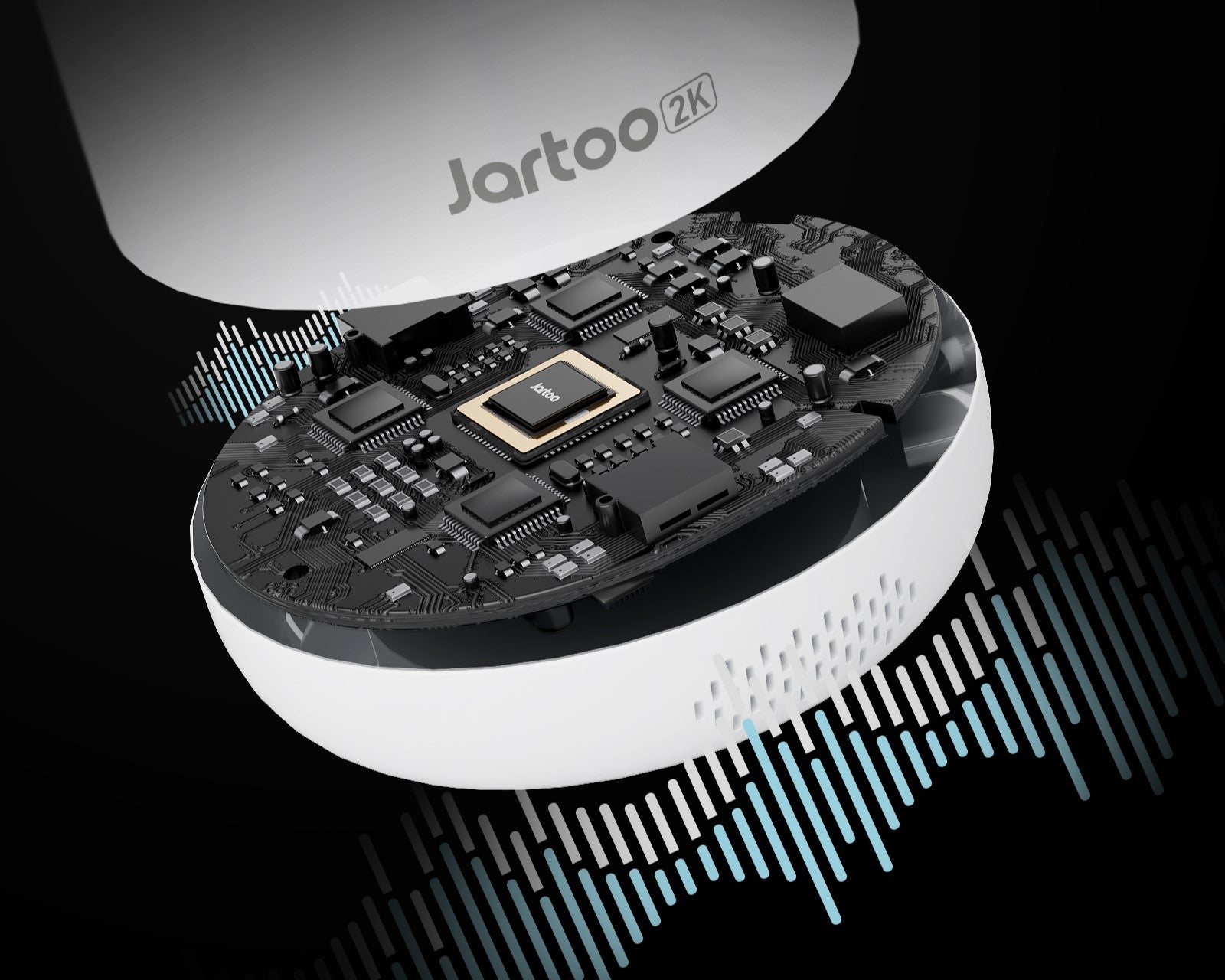WiFi vs Non-WiFi Baby Monitors: Which One is Right for You?


Trending Articles

Title

Title

Title

Title

Title

Title

Title

Title

Title

Title

Title

Title